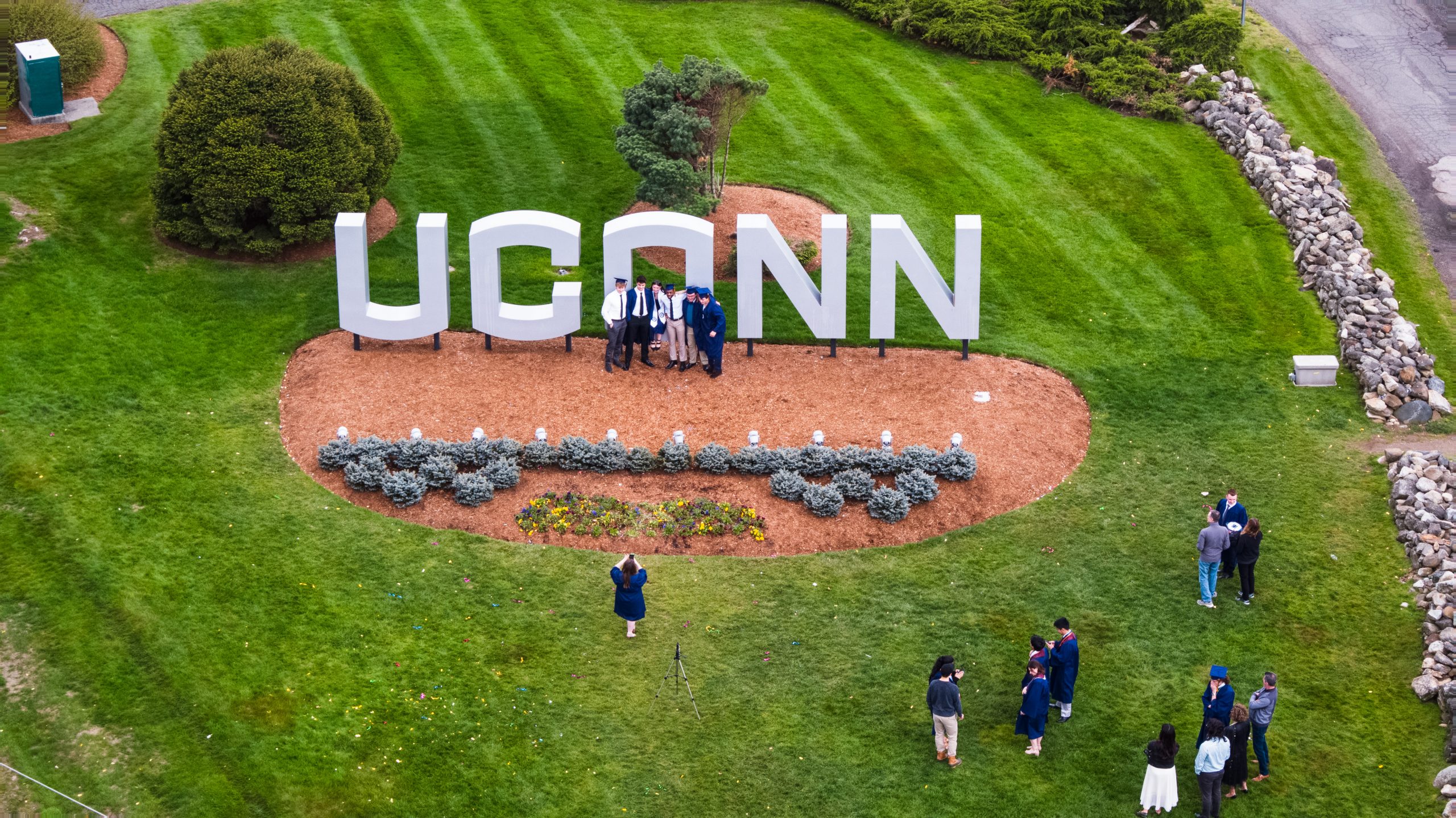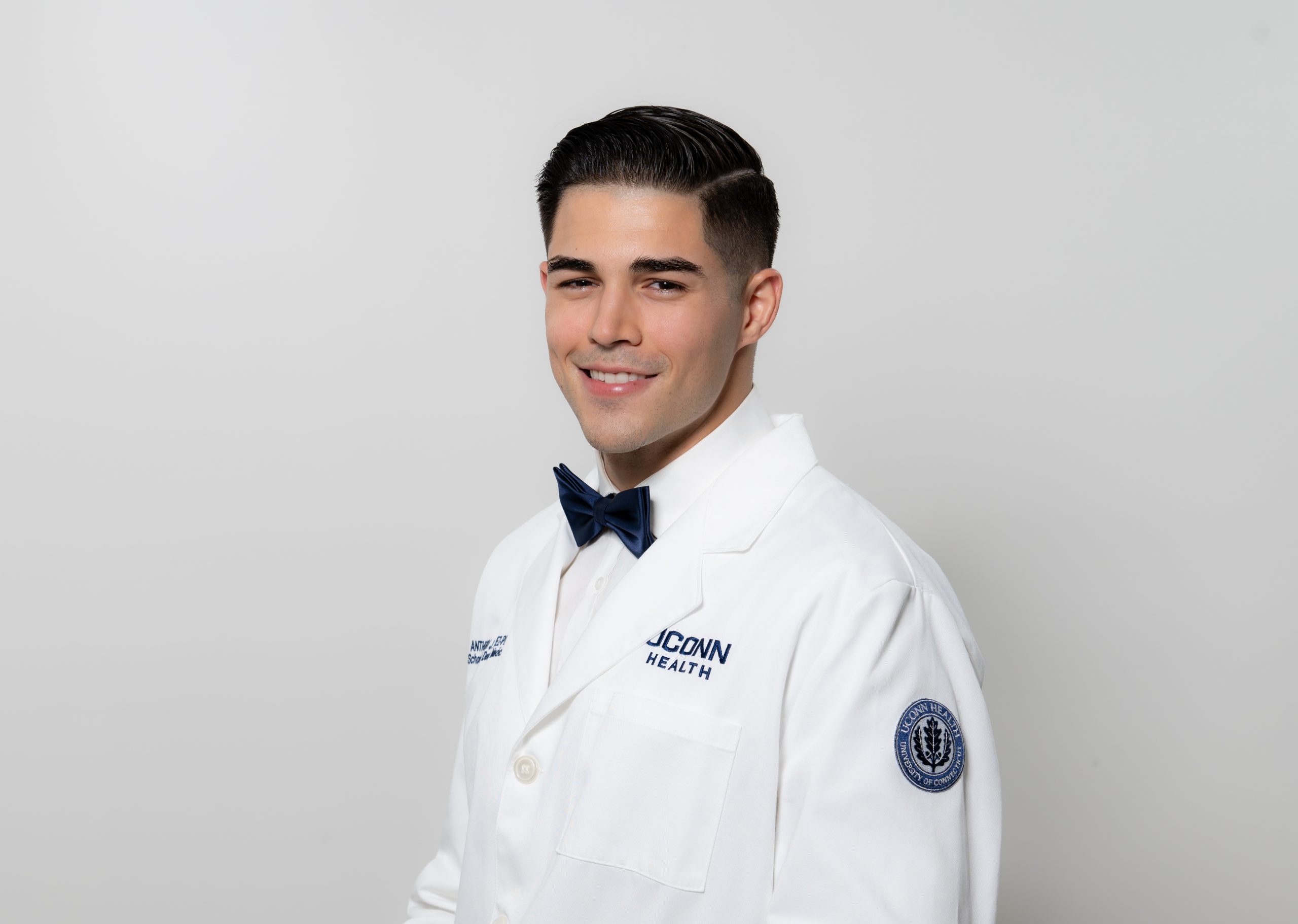
The window is closing for state legislators to develop legislation that will help the state add high value jobs, not the less productive positions that are now being added.
New research by the Connecticut Center for Economic Analysis at UConn indicates that Connecticut is experiencing slow job growth, but not in areas that will help the state return to the previous level of gross domestic state output this year or next.
Fred Carstensen, director of the center and editor of The Connecticut Economic Outlook says, “This Outlook delivered worrisome results, with weak Connecticut employment growing faster than growth in total output – suggesting declining productivity and creation primarily of low-wage jobs. Without significant policy changes, Connecticut’s growth will come in lower wage jobs. This is not where the state should be heading.”
Rather, he says, Gov. Dannel Malloy and state legislators must implement aggressive policies to create higher productivity and better paying jobs that create more indirect and induced spin-offs, similar to Yale University’s West Campus research complex and the proposed expansion of UConn’s John Dempsey Hospital.
Carstensen and senior research fellow Peter E. Gunther do see room for optimism, though, both in the Governor’s Feb. 16 budget address and in initiatives being pushed in Washington. These initiatives include federal efforts to expand U.S. exports; the Federal Reserve’s intent to maintain low interest rates; Gov. Malloy’s efforts to streamline state government and reduce the red tape businesses must cut to expand or develop companies; Malloy’s First Five initiative, to coax firms into creating 200 or more jobs; and unwrapping research and development credits to reward job creation.
Using those parameters, and considering the results if legislators offered new research and development tax credits to foster major capital projects in advanced manufacturing, research centers, and other areas, the researchers’ economic models predicted much higher growth – upwards of 60,000 jobs during the course of the next several years – says Carstensen.
“This Outlook underlines emphatically why it is critical to focus on those jobs with higher productivity and better pay: they create significantly more indirect and induced spin-offs than do less productive ones,” he says.
Referring again to Yale’s West Campus and UConn’s Dempsey Hospital and its Translational and Clinical Science program, Carstensen says his research “demonstrates why it is crucial for Connecticut to develop policies and initiatives that facilitate the rapid growth” of those projects and others similar to them.
“The course that Connecticut’s economy charts in the next few years depends critically and overwhelmingly on the policy choices and strategic investments to which the state commits itself in the next few months,” he says.


